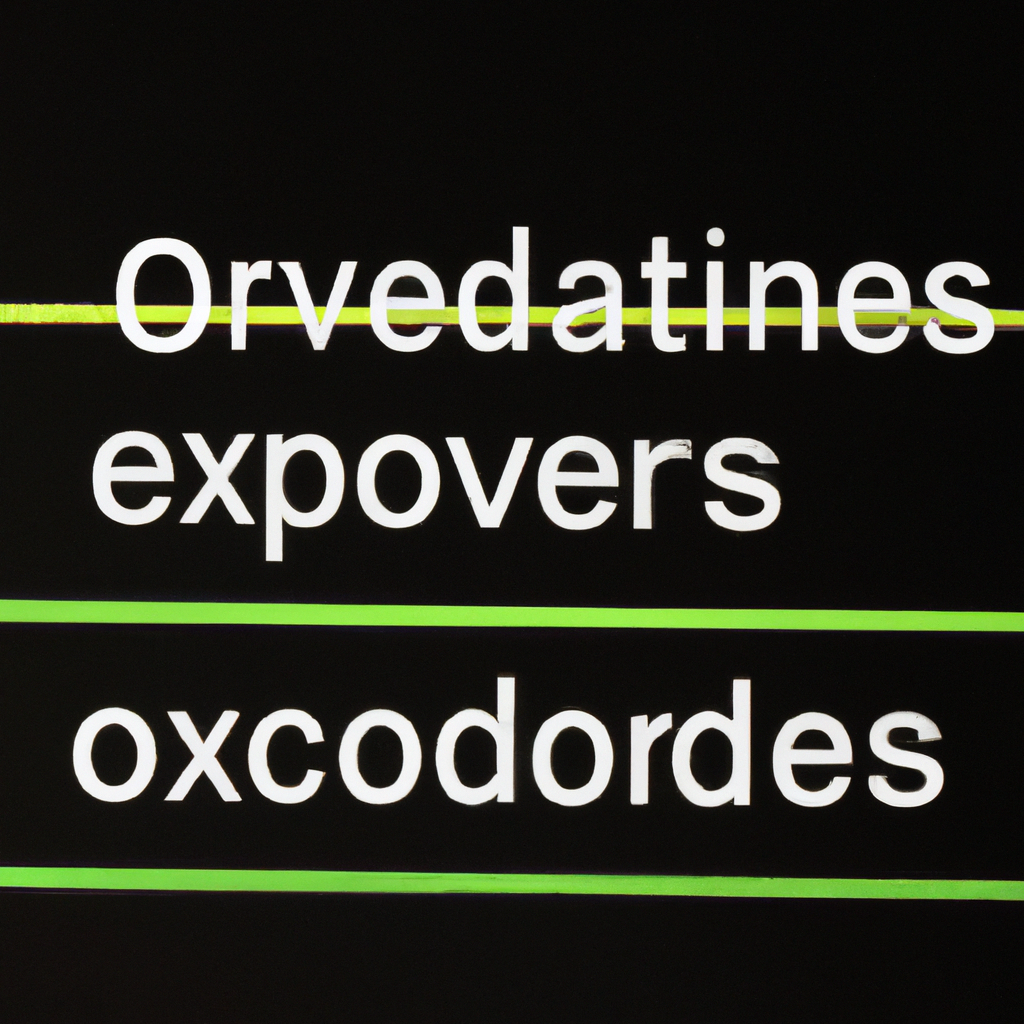Understanding Overbought and Oversold Conditions
When it comes to the financial markets, investors and traders often rely on various technical indicators to make informed decisions. One such indicator is the concept of overbought and oversold conditions. These conditions help traders identify potential reversals in price trends and can be a valuable tool in determining entry and exit points for trades.
What are Overbought and Oversold Conditions?
Overbought and oversold conditions are terms used to describe the state of a particular asset’s price relative to its recent trading history. These conditions are typically determined using technical indicators, such as the Relative Strength Index (RSI) or Stochastic Oscillator.
When an asset is considered overbought, it means that its price has risen too far and too fast, and a correction or reversal may be imminent. Conversely, when an asset is oversold, it means that its price has fallen too far and too fast, and a potential rebound or reversal may occur.
Identifying Overbought Conditions
One popular indicator for identifying overbought conditions is the Relative Strength Index (RSI). The RSI is a momentum oscillator that measures the speed and change of price movements. It ranges from 0 to 100, with readings above 70 indicating overbought conditions.
Traders can use the RSI to spot potential overbought conditions by observing when the indicator reaches or exceeds the 70 level. This suggests that the asset’s price has become stretched and may be due for a pullback or reversal.
Identifying Oversold Conditions
Similar to identifying overbought conditions, traders can use the RSI to identify potential oversold conditions as well. In this case, readings below 30 are considered indicative of oversold conditions.
When the RSI reaches or falls below the 30 level, it suggests that the asset’s price has fallen too far and may be due for a rebound or reversal. This can present an opportunity for traders to consider buying the asset at a potentially advantageous price.
Using Overbought and Oversold Conditions in Trading Strategies
While overbought and oversold conditions can provide valuable insights into potential price reversals, it’s important to note that they should not be used as standalone indicators for making trading decisions. These conditions are best utilized in conjunction with other technical analysis tools and indicators to confirm signals and increase the probability of successful trades.
Traders often look for additional confirmations, such as trendline breaks, support and resistance levels, or candlestick patterns, to validate overbought or oversold conditions before entering or exiting a trade.
Furthermore, it’s crucial to consider the overall market context and fundamental factors that may impact an asset’s price. Overbought or oversold conditions alone may not be sufficient if there are significant news events or market trends that could override the technical signals.
Conclusion
Overbought and oversold conditions are essential concepts in technical analysis that help traders identify potential reversals in price trends. By using indicators like the RSI, traders can spot when an asset’s price has become stretched and may be due for a correction or rebound. However, it’s important to use these conditions in conjunction with other technical analysis tools and consider fundamental factors to make well-informed trading decisions.

